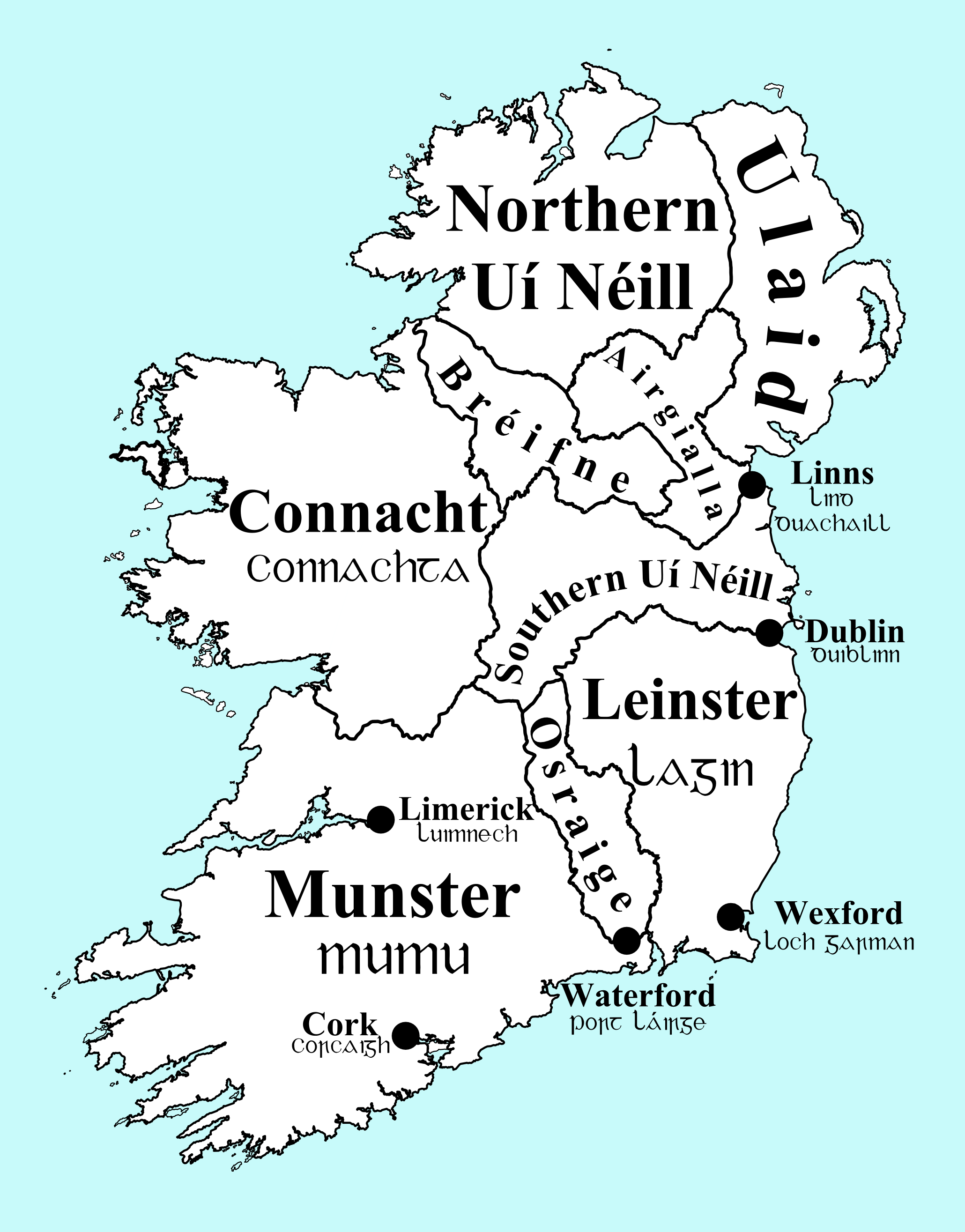|
Coolkerry (townland)
Coolkerry () is a townland in Coolkerry civil parish in County Laois. The ruins of ''Coolkerry Church'' (the parish of this name was established in the early 13th centurySeosamh Ó CinnéideThe monastic heritage & folklore of County Laois , (2003), pages 57-59) are in a graveyard near the south-western corner of the townland, as are the ruins of ''Coolkerry Castle''. The church is on a rise overlooking the River Erkina. Only the remains of the west gable are still standing, with just grassy banks in the place of the remaining walls of the church which was about 17 metres long and 7.3 metres wide. The church has been in ruins since at least the middle of the 17th century, the Down Survey The Down Survey was a cadastral survey of Ireland, carried out by English scientist, William Petty, in 1655 and 1656. The survey was apparently called the "Down Survey" by Petty, either because the results were set down in maps or because the su ... marking the site as having a "ruined churc ... [...More Info...] [...Related Items...] OR: [Wikipedia] [Google] [Baidu] |
Coolkerry (civil Parish)
Coolkerry () is a civil parish in the barony of Clarmallagh in County Laois. It is separated into two disjoint areas by an arm of Aghaboe civil parish. Political geography Coolkery has six townlands. The townland of Coolkerry, along with the townlands of Coolnaboul East (a tiny area of only 4 acres, 2 roods and 12 perches), Graigueanossy and Turfarney are in the main, western, part of the civil parish, while the townlands of Coolacurragh and Middlemount (which is also known as Ballyvoghlaun) are in the eastern exclave of the parish. The political geography of the parish is further complicated by the fact that it is divided between two baronies. Coolnaboul East is in the barony of Clandonagh while the rest of the parish is in the barony of Clarmallagh. Population At the time of the 1861 census, there was nobody living in Coolnaboul East but the rest of the parish had a population of 260. History Coolkerry parish was established in the early 13th century, when it was pa ... [...More Info...] [...Related Items...] OR: [Wikipedia] [Google] [Baidu] |
County Laois
County Laois ( ; gle, Contae Laoise) is a county in Ireland. It is part of the Eastern and Midland Region and in the province of Leinster. It was known as Queen's County from 1556 to 1922. The modern county takes its name from Loígis, a medieval kingdom. Historically, it has also been known as County Leix. Laois County Council is the local authority for the county. At the 2022 census, the population of the county was 91,657, an increase of 56% since the 2002 census. History Prehistoric The first people in Laois were bands of hunters and gatherers who passed through the county about 8,500 years ago. They hunted in the forests that covered Laois and fished in its rivers, gathering nuts and berries to supplement their diets. Next came Ireland's first farmers. These people of the Neolithic period (4000 to 2500 BC) cleared forests and planted crops. Their burial mounds remain in Clonaslee and Cuffsborough. Starting around 2500 BC, the people of the Bronze Age lived in Lao ... [...More Info...] [...Related Items...] OR: [Wikipedia] [Google] [Baidu] |
River Erkina
The River Erkina ( ga, An tOircín) is a river that flows through the county of Laois in Ireland. It is a tributary of the River Nore. It has its source on the Laois-Kilkenny border south of Rathdowney. It flows north towards Rathdowney and then turns east in the direction of Durrow entering the River Nore around 1.5 km east of the town. See also Rivers of Ireland Shown here are all the major rivers and tributaries of Ireland with their lengths (in kilometres and miles). Starting with the Northern Ireland rivers, and going in a clockwise direction, the rivers (and tributaries) are listed in regard to their ... References {{DEFAULTSORT:Erkina Rivers of County Laois ... [...More Info...] [...Related Items...] OR: [Wikipedia] [Google] [Baidu] |
Down Survey
The Down Survey was a cadastral survey of Ireland, carried out by English scientist, William Petty, in 1655 and 1656. The survey was apparently called the "Down Survey" by Petty, either because the results were set down in maps or because the surveyors made use of Gunther's chain, which had to be "laid down" with every measure. Background In August 1649, the New Model Army, led by Oliver Cromwell, went to Ireland to re-occupy the country following the Irish Rebellion of 1641. This Cromwellian conquest was largely complete by 1652. This army was raised and supported by money advanced by private individuals, subscribed on the security of 2,500,000 acres (10,000 km2) of Irish land to be confiscated at the close of the rebellion. This approach had been provided for by the 1642 Adventurers Act of the Long Parliament, which said that the Parliament's creditors could reclaim their debts by receiving confiscated land in Ireland. The Act for the Settlement of Ireland 1652 pr ... [...More Info...] [...Related Items...] OR: [Wikipedia] [Google] [Baidu] |
